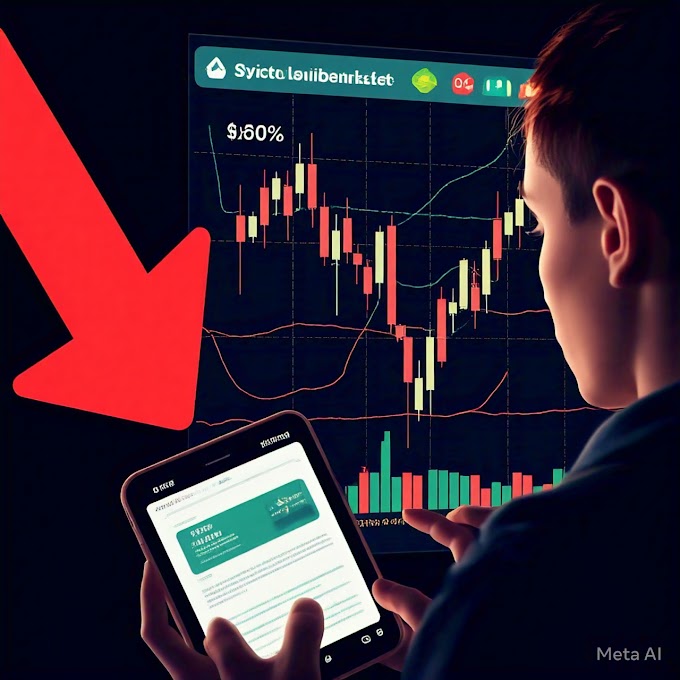Introduction
Kathy Wood, a prominent financial investor and CEO of ARK Invest, recently faced tough questioning on live TV about her bullish Bitcoin predictions. Critics argue that Bitcoin lacks traditional fundamentals, making her $1.5 million forecast by 2030 seem wildly optimistic. This article unpacks the heated exchange, explores the reasoning behind Wood’s predictions, and examines the broader debates surrounding Bitcoin’s role in the global financial system.
Table of Contents
The Heated Confrontation: What Happened?
Understanding Bitcoin’s Supply and Demand Dynamics
Is Bitcoin a Speculative Asset or a Fundamental Innovation?
Senator Cynthia Lumis’ Bitcoin Bill: A Bold Vision or Unrealistic Gamble?
Institutional Interest in Bitcoin: A Game-Changer?
Addressing the Volatility of Bitcoin
FAQs
Conclusion
1. The Heated Confrontation: What Happened?
During a Bloomberg interview, Kathy Wood was confronted about her bold Bitcoin price prediction of $1.5 million by 2030. The host pressed her to justify this forecast amidst Bitcoin’s recent dip below $100,000. Critics called her prediction "moon math" and questioned Bitcoin’s speculative nature. However, Wood defended her stance, citing institutional interest and Bitcoin’s decentralized, finite supply as critical factors.
2. Understanding Bitcoin’s Supply and Demand Dynamics
Wood’s argument hinges on Bitcoin’s capped supply of 21 million coins. As institutional investors increasingly adopt Bitcoin, demand is expected to outstrip supply. With over 19.5 million coins already mined, the remaining supply becomes even scarcer. This scarcity, coupled with halving events that reduce Bitcoin’s annual production rate, drives up its long-term value.
3. Is Bitcoin a Speculative Asset or a Fundamental Innovation?
One of the key criticisms is that Bitcoin lacks traditional fundamentals like earnings or dividends. However, Wood argued that Bitcoin is a “rules-based, decentralized, and secure” global monetary system. She likened it to gold, emphasizing its role as a digital store of value. Unlike gold, Bitcoin’s supply is fixed and mathematically metered, making it resistant to inflationary pressures.
4. Senator Cynthia Lumis’ Bitcoin Bill: A Bold Vision or Unrealistic Gamble?
Senator Cynthia Lumis has proposed a strategic Bitcoin reserve for the U.S. government to offset national debt and stabilize the dollar. Critics questioned the volatility of Bitcoin and its relatively short history. Lumis defended her plan, highlighting Bitcoin’s long-term growth and its potential to serve as a “digital gold.”
5. Institutional Interest in Bitcoin: A Game-Changer?
Institutional adoption is a cornerstone of Wood’s bullish outlook. She noted that regulatory clarity is encouraging major investors to allocate resources to Bitcoin. These institutions view Bitcoin as the first and most significant asset in a new digital asset class, further legitimizing its role in the financial ecosystem.
6. Addressing the Volatility of Bitcoin
Both Wood and Lumis acknowledged Bitcoin’s volatility but framed it as a short-term phenomenon. Over the long term, Bitcoin’s annual growth rate has consistently outpaced inflation and the U.S. dollar’s depreciation. Lumis argued that holding Bitcoin for decades mitigates short-term price swings, making it a reliable asset for strategic reserves.
7. FAQs
Q: Why is Bitcoin compared to gold? A: Bitcoin and gold are both finite resources and serve as stores of value. However, Bitcoin is digital, decentralized, and immune to increased production, unlike gold.
Q: What are halving events? A: Halving events reduce the number of new Bitcoins mined every four years, decreasing supply and potentially increasing value.
Q: Is Bitcoin too volatile for institutional adoption? A: While volatile, Bitcoin’s long-term growth trends have made it attractive to institutions seeking high returns and a hedge against inflation.
Q: How does Bitcoin’s supply cap affect its value? A: Bitcoin’s fixed supply of 21 million coins creates scarcity, which drives up its value as demand increases.
8. Conclusion
The debates around Bitcoin’s future are as dynamic as the asset itself. Kathy Wood’s optimism stems from its decentralized, finite nature and growing institutional adoption. While critics point to its volatility and speculative reputation, proponents see it as a revolutionary asset class poised to reshape global finance. As 2030 approaches, Bitcoin’s trajectory will reveal whether these bold predictions were visionary or overly ambitious.








